
John Henry Morehead was an American politician who served as the 17th governor of Nebraska from 1913 to 1917.
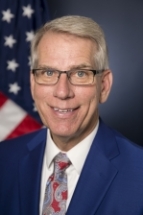
The lieutenant governor of Nebraska is the highest-ranking executive official in the State of Nebraska after the governor. According to the Nebraska State Constitution, in the event a governor dies, becomes permanently incapacitated, resigns, or is removed from office, the lieutenant governor will become governor.
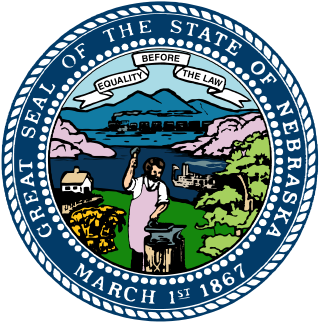
The 1986 Nebraska gubernatorial election was held on November 4, 1986, and featured state Treasurer Kay Orr, a Republican, defeating Democratic nominee, former Mayor of Lincoln Helen Boosalis. Incumbent Democratic governor Bob Kerrey did not seek a second term.

The 1920 Wisconsin gubernatorial election was held on November 2, 1920. Primary elections were held on September 7, 1920.
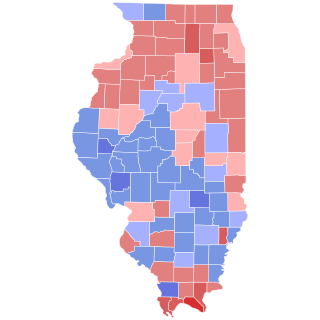
The 1908 Illinois gubernatorial election was held on November 3, 1908.

The 1932 Wisconsin gubernatorial election was held on November 8, 1932. Incumbent Republican Governor Philip La Follette was defeated in the Republican primary, and in the midst of the Great Depression and nationwide voter dissatisfaction with the Republican Party, Democratic nominee Albert G. Schmedeman defeated Republican nominee Walter J. Kohler Sr. and Socialist nominee Frank Metcalfe with 52.48% of the vote. Schmedeman became the first Democrat to win a gubernatorial election in Wisconsin since George Wilbur Peck in 1892. Two years later, in 1934, La Follette would run for governor again and defeated Schmedeman, this time running with the Progressive Party.

The 1912 Nebraska gubernatorial election was held on November 5, 1912.

The 1910 Nebraska gubernatorial election was held on November 8, 1910.

The 1902 Nebraska gubernatorial election was held on November 4, 1902. Republican nominee John H. Mickey defeated Democratic and Populist fusion nominee William Henry Thompson with 49.69% of the vote.

The 1898 Nebraska gubernatorial election was held on November 8, 1898. Incumbent Populist Governor Silas A. Holcomb did not stand for re-election. Populist and Democratic fusion nominee William A. Poynter defeated Republican nominee Monroe Hayward with 50.19% of the vote.
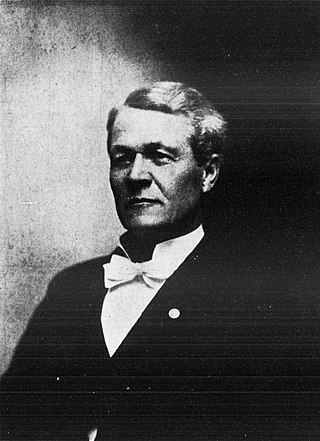
Calvin Fisher Steele was a Nebraska businessman who served in the Nebraska State Senate from 1897 to 1903, and as President pro tempore of the Senate from 1901 to 1903. Due to his position as President pro tempore of the Senate and the elevation of Lieutenant Governor Ezra P. Savage to Governor of Nebraska, he also served as Acting Lieutenant Governor.

The 1918 Nebraska lieutenant gubernatorial election was held on November 5, 1918, and featured Republican nominee Pelham A. Barrows defeating Democratic nominee William B. Banning as well as Prohibition Party nominee David B. Gilbert. Incumbent Nebraska Lieutenant Governor Edgar Howard decided not to seek reelection to the office of lieutenant governor in order to run for US Senate, but he was defeated in the Democratic primaries by John H. Morehead.

The 1916 Nebraska lieutenant gubernatorial election was held on November 7, 1916, and featured Democratic nominee Edgar Howard defeating Republican nominee Herbert P. Shumway as well as Socialist Party nominee Edmund R. Brumbaugh and Prohibition Party nominee Charles E. Smith. Incumbent Nebraska Lieutenant Governor James Pearson sought reelection to the office of lieutenant governor but was defeated for reelection in the Democratic primary by Edgar Howard.

The 1914 Nebraska lieutenant gubernatorial election was held on November 3, 1914, and featured Democratic nominee James Pearson defeating Republican nominee Walter V. Hoagland as well as Progressive Party nominee G. L. E. Klingbiel, Socialist Party nominee Glen H. Abel, and Prohibition Party nominee Henry F. J. Hockenberger. Incumbent Nebraska Lieutenant Governor Samuel R. McKelvie did not seek reelection.
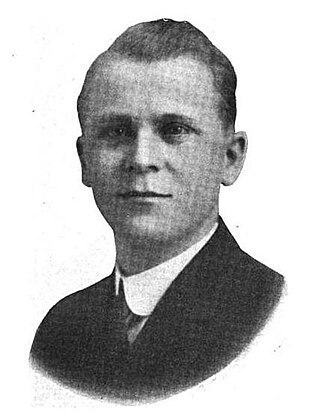
The 1912 Nebraska lieutenant gubernatorial election was held on November 5, 1912, and featured Republican nominee Samuel Roy McKelvie defeating Democratic nominee Herman Diers as well as Socialist Party nominee W. T. Jeffryes and Prohibition Party nominee Theodore J. Shrode.

The 1910 Nebraska lieutenant gubernatorial election was held on November 8, 1910, and featured incumbent Nebraska Lieutenant Governor Melville R. Hopewell, a Republican, defeating Democratic nominee Ralph A. Clark as well as Socialist Party nominee George L. Slutter and Prohibition Party nominee Samuel Lichty.

The 1896 Nebraska lieutenant gubernatorial election was held on November 3, 1896, and featured Populist and Democratic fusion nominee James E. Harris defeating his major rival, Republican nominee Orlando Tefft. Other candidates who received two percent of the vote or less included Gold Democratic nominee Owen F. Biglin, Prohibition nominee Lucius O. Jones, Socialist Labor nominee Fred Herman, and National Silver nominee Oscar Kent. Incumbent Nebraska Lieutenant Governor Robert E. Moore did not seek reelection.

The 1898 Nebraska lieutenant gubernatorial election was held on November 8, 1898, and featured Populist and Democratic fusion nominee Edward A. Gilbert defeating Republican nominee George A. Murphy as well as Prohibition nominee Newell S. Lowrie and Socialist Labor nominee J. J. Kerrigan.
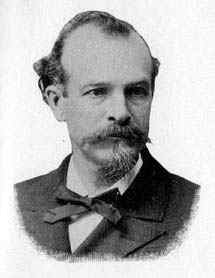
The 1900 Nebraska lieutenant gubernatorial election was held on November 6, 1900, and featured Republican nominee Ezra P. Savage defeating incumbent Nebraska Lieutenant Governor Edward A. Gilbert, the Populist and Democratic fusion nominee. Other candidates who received two percent of the vote or less included Prohibition nominee Charles R. Lawson, Midroad Populist nominee Herman G. Reiter, and Social Democratic nominee David McKibben.
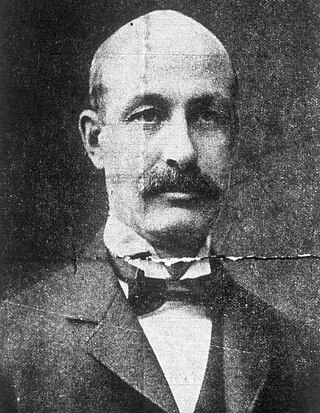
The 1904 Nebraska lieutenant gubernatorial election was held on November 8, 1904, and featured incumbent Nebraska Lieutenant Governor Edmund G. McGilton, a Republican, defeating Adelbert Townsend, the Populist and Democratic fusion nominee, as well as Prohibition nominee Isaiah Lightner and Socialist nominee Thomas Carroll.
















